When To Use Uv Filter ?
A UV filter is typically used in photography to block ultraviolet light from entering the camera lens. It helps reduce haze and improve image clarity, especially when shooting in high-altitude or coastal areas where UV light is more prevalent. UV filters are also commonly used as a protective layer for the camera lens, shielding it from scratches, dust, and moisture. It is recommended to use a UV filter in outdoor photography situations where UV light is a concern or when you want to protect your lens from potential damage.
1、 Protecting camera lenses from physical damage and scratches.
When to use a UV filter? One of the primary reasons to use a UV filter is to protect camera lenses from physical damage and scratches. By attaching a UV filter to the front of the lens, it acts as a barrier, shielding the lens from potential harm. This is particularly important when shooting in challenging environments such as sandy beaches, dusty landscapes, or crowded areas where accidental bumps or scratches are more likely to occur.
UV filters also provide an added layer of protection against harmful ultraviolet rays. While modern camera lenses are designed to minimize the impact of UV light, a UV filter can further reduce the amount of UV radiation that reaches the lens. This can help prevent issues such as haze or a bluish cast in images, especially when shooting in high-altitude or coastal areas where UV rays are more intense.
However, it is worth noting that the necessity of UV filters for digital cameras has been a topic of debate in recent years. Some argue that the UV filters can potentially degrade image quality, introduce lens flare, or cause vignetting. With advancements in lens coatings and the ability to correct UV-related issues in post-processing, many photographers opt to forgo the use of UV filters unless they specifically require the physical protection they provide.
Ultimately, the decision to use a UV filter depends on the individual photographer's needs and shooting conditions. If you frequently find yourself in situations where your lens is at risk of physical damage, or if you are shooting in environments with intense UV radiation, a UV filter can be a valuable accessory. However, if image quality is of utmost importance and you are shooting in controlled conditions, it may be best to rely on lens hoods and careful handling to protect your lenses.
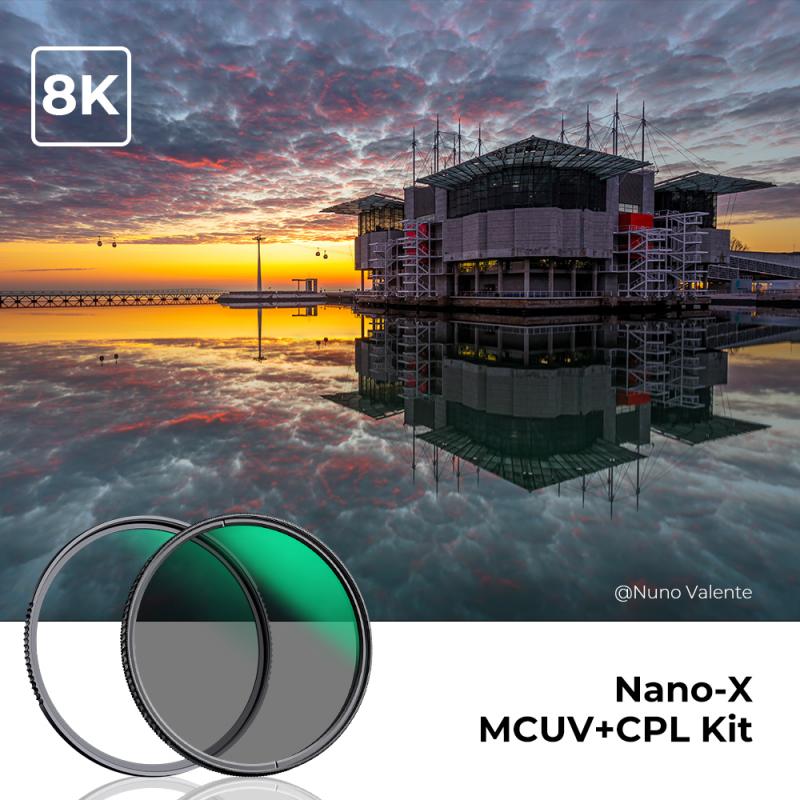
2、 Reducing ultraviolet light and haze in outdoor photography.
When to use a UV filter in outdoor photography is a question that has been debated among photographers for years. However, the general consensus is that UV filters are most commonly used for reducing ultraviolet light and haze in outdoor photography.
Ultraviolet light is invisible to the human eye but can have a significant impact on photographs, especially in high-altitude or coastal areas where the UV light is more intense. UV filters are designed to block out this ultraviolet light, resulting in clearer and sharper images. They can also help reduce the bluish cast that can occur in photographs taken on sunny days.
Haze is another common issue in outdoor photography, particularly in landscapes. It is caused by tiny particles in the air, such as dust, pollution, or moisture, which scatter light and reduce contrast and sharpness in photographs. UV filters can help minimize the effects of haze by blocking out some of the scattered UV light, resulting in crisper and more vibrant images.
However, it is worth noting that the use of UV filters has become somewhat controversial in recent years. Some photographers argue that modern digital cameras already have built-in UV filters, making the use of an additional filter unnecessary. Others claim that UV filters can degrade image quality, introduce lens flare, or cause vignetting.
Ultimately, the decision to use a UV filter in outdoor photography depends on personal preference and the specific shooting conditions. If you frequently shoot in high-altitude or coastal areas or find yourself dealing with significant haze, a UV filter can be a valuable tool for improving image quality. However, it is important to invest in a high-quality filter to minimize any potential negative effects on image quality.
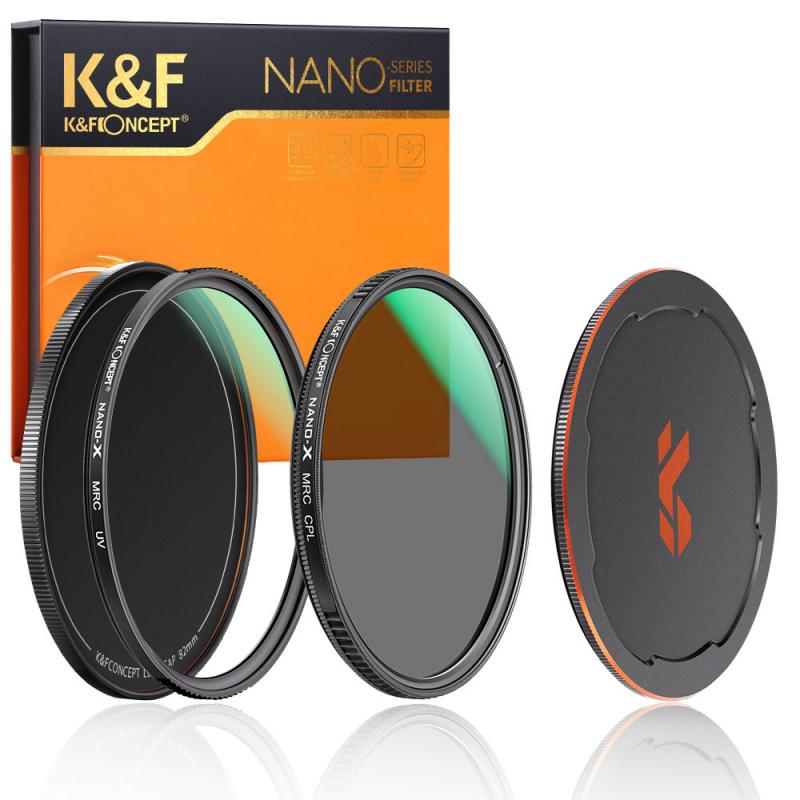
3、 Enhancing color saturation and contrast in certain conditions.
When to use a UV filter? UV filters are commonly used in photography to reduce the effects of ultraviolet light on images. However, their usage has evolved over time, and the latest point of view suggests that UV filters are not necessary for digital cameras due to the built-in UV filters in modern lenses.
That being said, there are still situations where using a UV filter can be beneficial. One of the primary reasons to use a UV filter is to protect the front element of the lens from scratches, dust, and moisture. This can be particularly useful in outdoor photography, where the lens is exposed to the elements. Additionally, a UV filter can act as an extra layer of protection against accidental damage, such as drops or impacts.
Another reason to use a UV filter is to enhance color saturation and contrast in certain conditions. UV light can cause a bluish cast in images, especially at higher altitudes or near bodies of water. By using a UV filter, you can reduce this cast and achieve more accurate and vibrant colors. This can be particularly useful in landscape photography, where capturing the true colors of nature is essential.
However, it is important to note that using a UV filter can also introduce certain drawbacks. It can potentially reduce image sharpness, introduce lens flare, and increase the risk of lens flare in certain lighting conditions. Therefore, it is crucial to use high-quality UV filters and remove them when not needed to avoid any negative impact on image quality.
In conclusion, while the necessity of UV filters in digital photography is debatable, they can still be useful for protecting the lens and enhancing color saturation and contrast in specific situations. It is important to consider the latest advancements in lens technology and weigh the pros and cons before deciding to use a UV filter.
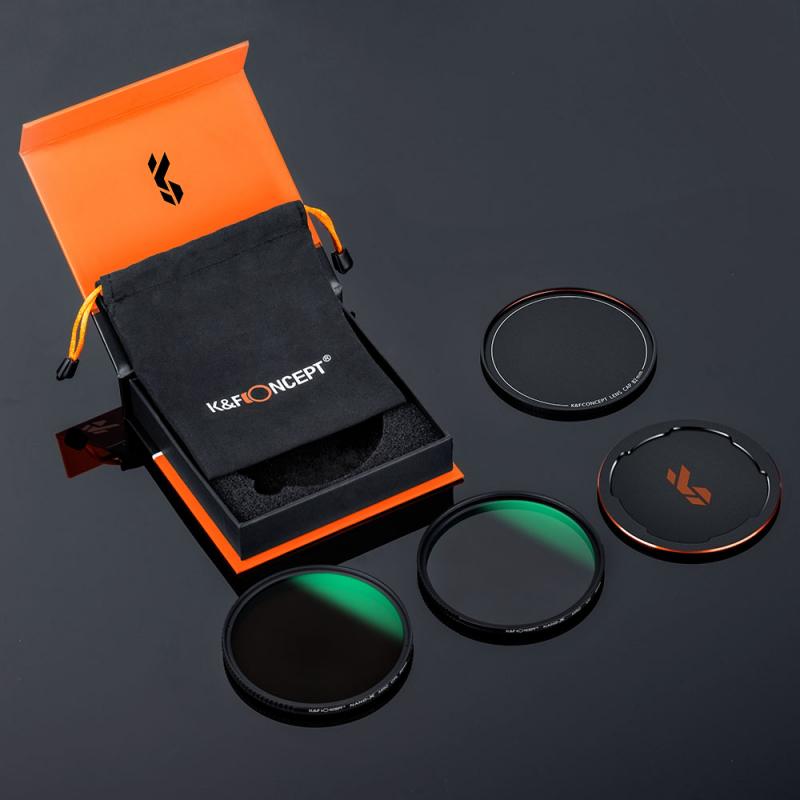
4、 Minimizing lens flare and ghosting in backlit situations.
When to use a UV filter? One of the main reasons to use a UV filter is to minimize lens flare and ghosting in backlit situations. When shooting against a strong source of light, such as the sun, there is a higher chance of unwanted reflections and flares appearing in the image. These can significantly reduce the contrast and overall quality of the photograph.
A UV filter acts as a protective layer for the lens, but it also helps to block out ultraviolet light that can cause haze and reduce sharpness. By reducing the amount of UV light that reaches the camera sensor, the filter helps to maintain the true colors and clarity of the scene.
However, it is important to note that the use of UV filters has been a topic of debate among photographers. Some argue that modern lenses already have built-in coatings that effectively reduce lens flare and ghosting, making the use of UV filters unnecessary. Additionally, adding an extra layer of glass in front of the lens can potentially introduce more lens flare and reduce image quality.
Ultimately, the decision to use a UV filter depends on personal preference and shooting conditions. If you frequently shoot in backlit situations or harsh lighting conditions, a UV filter can be beneficial in minimizing lens flare and ghosting. However, if you primarily shoot in controlled environments or use high-quality lenses with advanced coatings, the use of a UV filter may not be necessary.
It is always recommended to test the effects of a UV filter on your specific lens and shooting conditions to determine if it enhances or detracts from the image quality.
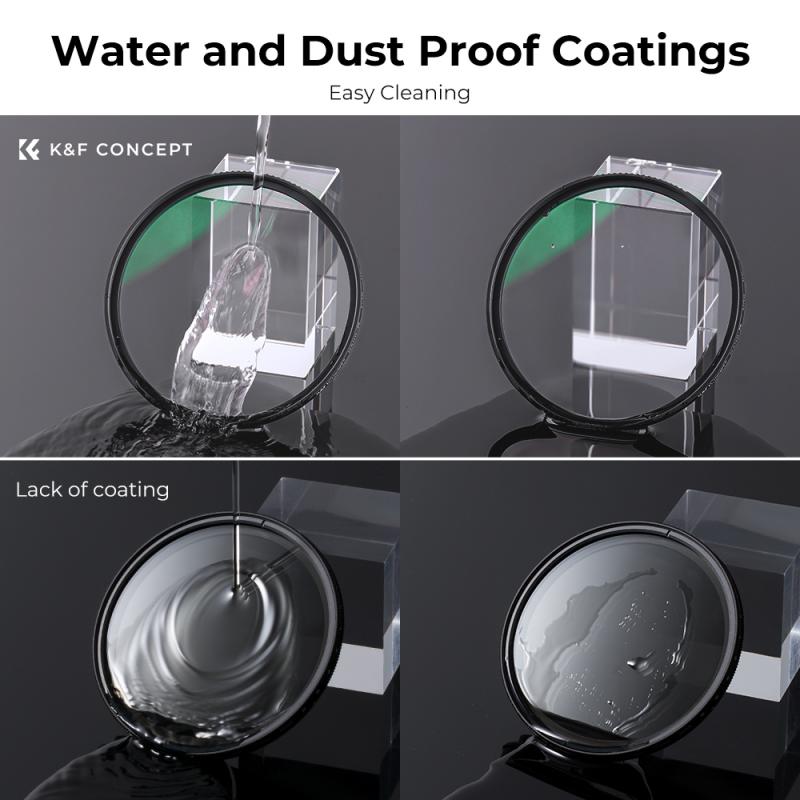






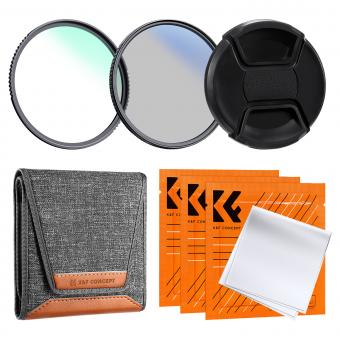




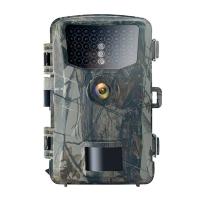

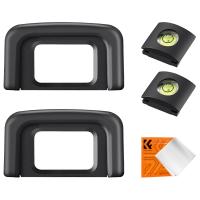

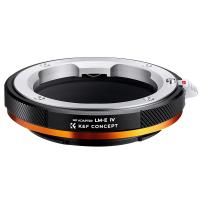
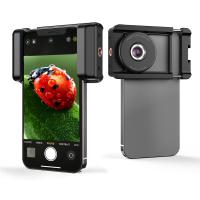
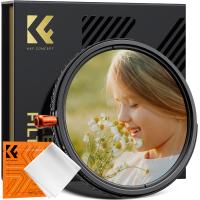
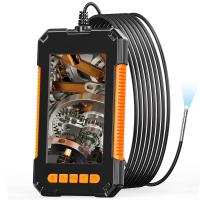


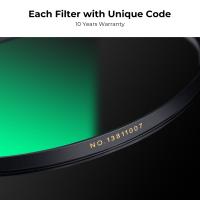
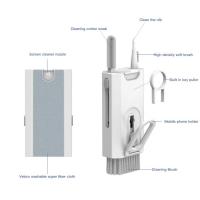
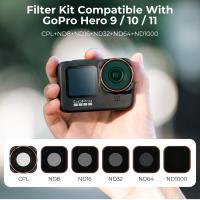
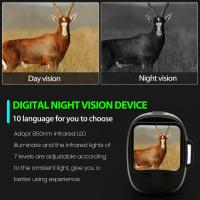

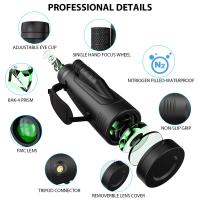
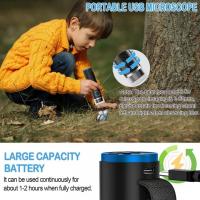
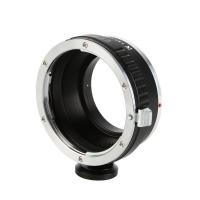
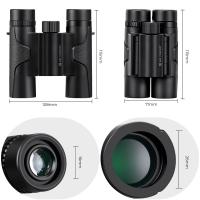
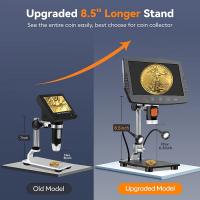
There are no comments for this blog.